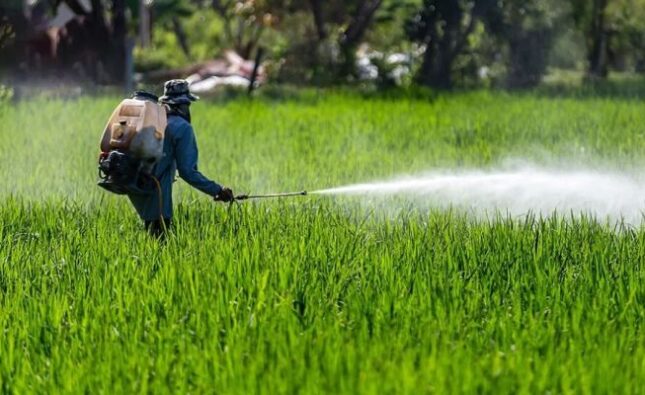Pulses Face Soaring Prices, Impacting Consumers and Farmers Alike
As consumers around the nation scan grocery store shelves and farmers assess their crops, a new concern has taken root – the surging prices of pulses. These dietary staples, rich in protein and essential nutrients, have long been a cornerstone of diets across the country. However, recent spikes in prices have begun to bite into household budgets and raise questions about the sustainability of production. The sharp rise in pulse prices has been attributed to a complex interplay of factors. Erratic weather patterns, including unexpected rainfall and droughts, have disrupted cultivation in key pulse-producing regions. This has led to reduced yields and a subsequent strain on supply. Additionally, increased transportation costs and supply chain disruptions have further contributed to the upward pressure on prices.
Consumers, who rely heavily on pulses for nutrition and sustenance, are now feeling the pinch. Families are faced with difficult decisions as they navigate the trade-off between meeting their dietary needs and managing their budgets. The rise in pulse prices underscores the vulnerability of food systems to external shocks and the need for sustainable and resilient agricultural practices. Farmers, on the other hand, are grappling with the impacts of these price fluctuations on their livelihoods. As they confront the challenges of climate change and market volatility, many are reevaluating their crop choices and exploring alternatives. Agricultural experts emphasize the importance of diversification and the adoption of innovative farming techniques to mitigate the impact of price swings and promote food security.
Government agencies and agricultural organizations are working together to address the pulse price surge. Efforts to enhance agricultural infrastructure, improve storage facilities, and promote research into pulse cultivation are underway. Additionally, collaborative initiatives are being launched to provide farmers with access to real-time market information and crop management strategies.
In the face of these challenges, the rise in pulse prices serves as a wake-up call, prompting a reexamination of how we produce, distribute, and consume food. As communities come together to find solutions, the hope is that a resilient and adaptable agricultural sector will not only weather the current storm but also lay the groundwork for a more secure and sustainable food future.






